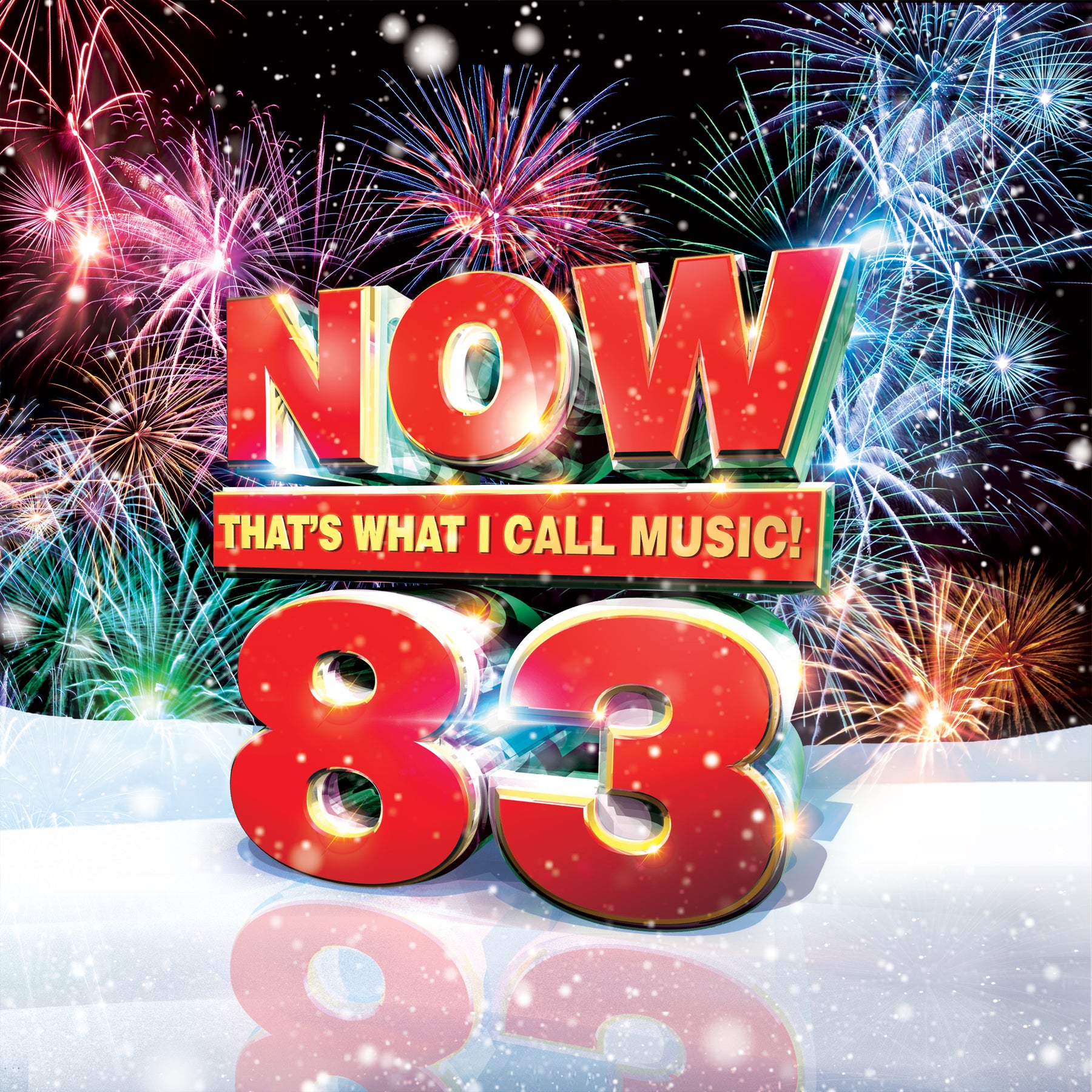
How do you time fireworks with music?
How do you time fireworks with music?
As pyrotechnical director of the show, his role was to scrutinise his team's timing and that of the Scottish Chamber Orchestra, and to make any immediate adjustments to ensure the fireworks exploded in time to the music.
This was one of four essential timekeeping roles: a conductor to lead the orchestra, a score-reader to call out a series of firework codes, a "firer" to ignite the fireworks and a director to compensate for any timing differences.
"The challenge is to call the code fractionally before the cue, to take into consideration the time it takes for my call to register with the person setting off the firework and for him to press the button," says score-reader Andrew Moore.
He had to call several of the 198 codes, each corresponding to a particular set of fireworks, two or three seconds before the cue, to allow for their "rising time" and "burst delay".
It's a job that demands lightning-quick reflexes, says firer Gary Dunn, who compares it to a "sprinter setting off on the gun".
Mr Webb explains his role thus: "If, for example, the conductor speeds up, I might overrule the score-readers call, telling the firer to kill a set of shells; otherwise you could end up with loud banging in a quiet section of the music."
Several tricks of the trade enable him to deal with such situations: lighting a firework at both ends will decrease its duration, as will igniting the second firework before the first has finished, creating a layering effect.
During the orchestra's live performance of a medley of American music from the early 1900s, individual fireworks were used to pick out single notes.
"We used Roman candles to mimic the military beats of the snare drum in Gershwin's Strike up the Band," says Mr Webb.
Fireworks were also used to enhance the tone of a piece. During Barber's Adagio for Strings, which was poignantly used in the film Platoon, silent flashes of colour flared from the castle battlements, echoing "the emotional pull" of the piece.
A silver waterfall, which has become the centrepiece of the annual show, was also supposed to cascade down the north face of the castle during this piece. However, a technical fault meant that the 1,250-volt charge failed to ignite the length of 70 upside-down fountains.
In order to cover the visual gap which would have been left, Mr Webb overruled the score-reader's call, setting off the next set of fireworks early. The fault was repaired and the waterfall was ignited during the last minute of the finale.
"Each year, I hear people saying the waterfall was their favourite, and it gives me a secret buzz," says Warren Griffiths, who erected the specially-designed effect.
And there's even scope for humour. A series of hummer mines, which make a "sliding" sound was used to tell the story of a cowgirl slipping from her horse in Copeland's Buckaroo Holiday. A firework, which exploded into the shape of a horse's tail, was also used for a "literal visual image".
Symmetry is a key design element of theatre productions, and firework choreography is no different. The north wall of the castle was divided into two: stage left and stage right, with pairs of corresponding fireworks mirroring each other.
The pyrotechnical interpretation of Ives' Three Places in New England, however, was punctuated by a series of seemingly random flares erupting from the battlements to mimic the "disjointed" nature of the music.
"It's often difficult pieces of music like this which are our most successful. A fresh challenge pushes you to come up with the best ideas," says Wilf Scott, of Pyrovision.
A choreographed firework display takes several months' planning. Having laboured for four weeks preparing the material, a team of 14 spent seven days installing the fireworks at the castle.
